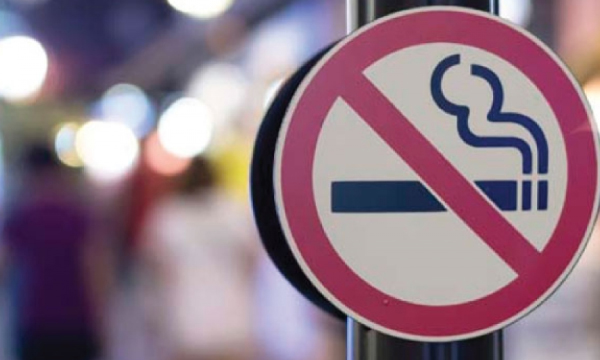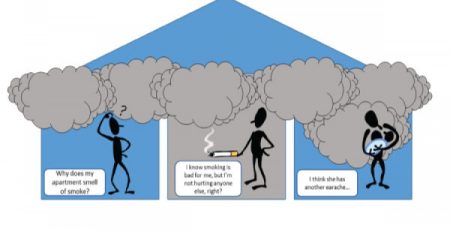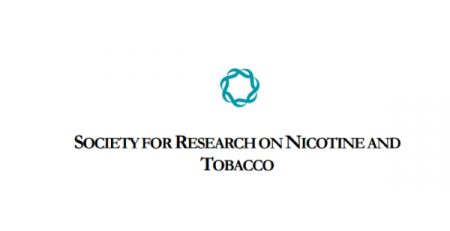The challenging obstacles in driving tobacco control in Thailand
The challenging obstacles in driving tobacco control in Thailand are:
- Tax structure is not effective in preventing new smokers.
- Free trade agreement negotiations resulted in increasing cigarette competition and providing gaps through which the tobacco industry can interfere in tobacco control policies.
- The tobacco industry has new marketing strategies.
- Law enforcement is not as effective as it should be.
- Thailand Tobacco Monopoly (TTM) of the government has a conflict of interest with health measures
- The rate of quitting smoking is quite low and the majority of smokers has less incomes, low education, live in rural areas, and are poor. Being a city practice encourages adolescents living in rural provinces to smoke factory cigarettes because of
- cheap prices.
To enhance effectiveness in driving specific tobacco control measures in target groups, we suggest ?3-Reducingand 3-Increasing? strategies with details described below:
3-Reducing
- Reducing new initial smokers (aged 15 -18 and 19 ? 24) among both male and females should involve specific measures such as (1) Increasing the tobacco tax until reaching the price that adolescents cannot afford, (2) Banning cheap/illegal cigarette sales around educational places (a measure to reduce new initial smokers aged 15 -18 and 19 ? 24), (3) Stopping new initial smokers from becoming regular smokers, (4) Having strong specific measures to control male smoking including preventing new initial smokers, and (4) Helping smokers to quit smoking and preventing former smokers from returning to smoking.
- Reduce the current smoking rate in rural areas, particularly of Roll ? Your ? Own (RYO) cigarettes by smokers aged 15 -44, and help smokers access cigarette cessation services.
- Reduce secondhand smoke in work places, public places and homes in both urban and rural areas.
3-Increasing
- Increase measures to prevent interference of the tobacco industry in public policies.
- Increase parties working on tobacco control at a provincial level and a local level.
- Increase innovative tobacco control measures and apply information technology in both research and practical work in communities.
Source: Dr. Siriwan Pitayarangsarit, Prapaphun Iamanun, Praveena Punkrajung and Kumpakran Somjit. The summaryof tobacco control in Thailand (2012), Tobacco Research Control and Knowledge Management Center (TRC), 2012.












